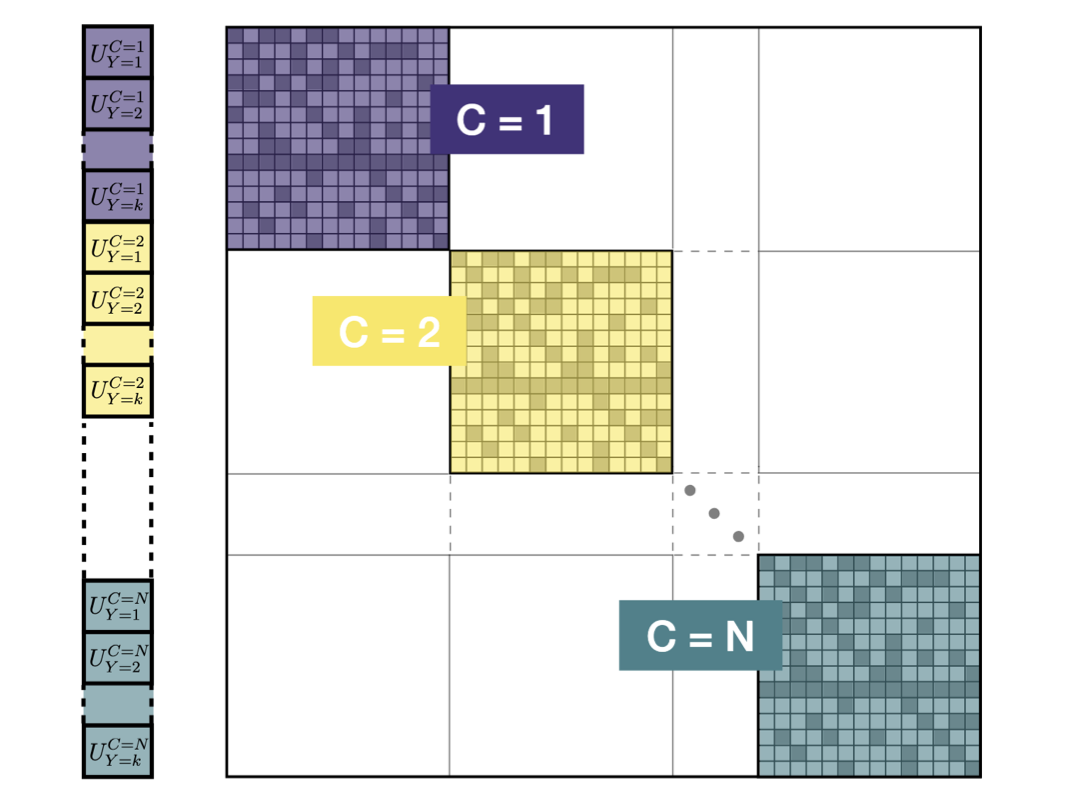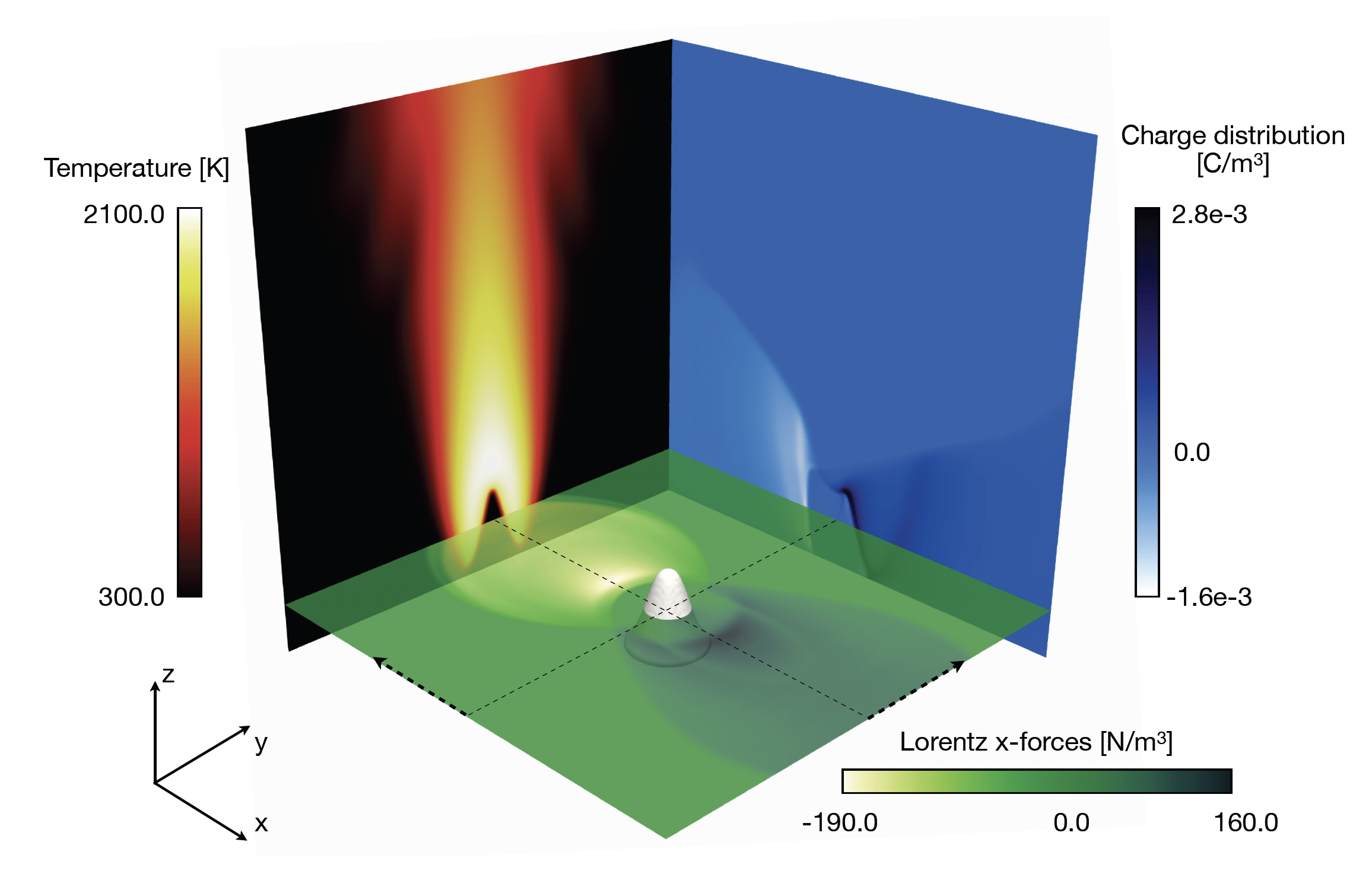
About me
I'm a research software engineer, with a PhD in fluid mechanics and energetics, and a broad interest in scientific computing. Over the years, I have worked on multiple scientific softwares with a common denominator: the need to process large amount of data using large high performance computing (HPC) platforms. I am enthousiastic about developing research softwares for academic and industrial applications, leveraging both software engineering and applied mathematic skills.
- Location:Leiden, Netherlands
- Age:36
- Nationality:French
- Interests:Drums, rock climbing, reading, cooking
- Study:PhD, INP Toulouse, France
- Employment:Netherlands eScience Center.
Get in touch.
Feel free to reach out if something on the page caught your eye.
- Location
- Leiden, Netherlands
- Github
- esclapez





